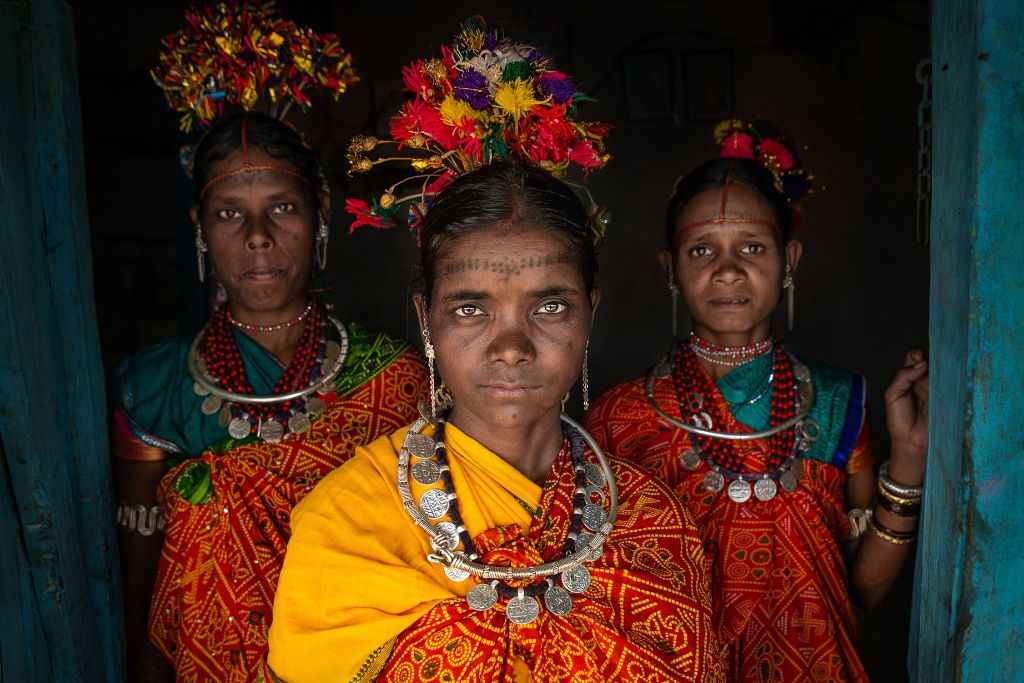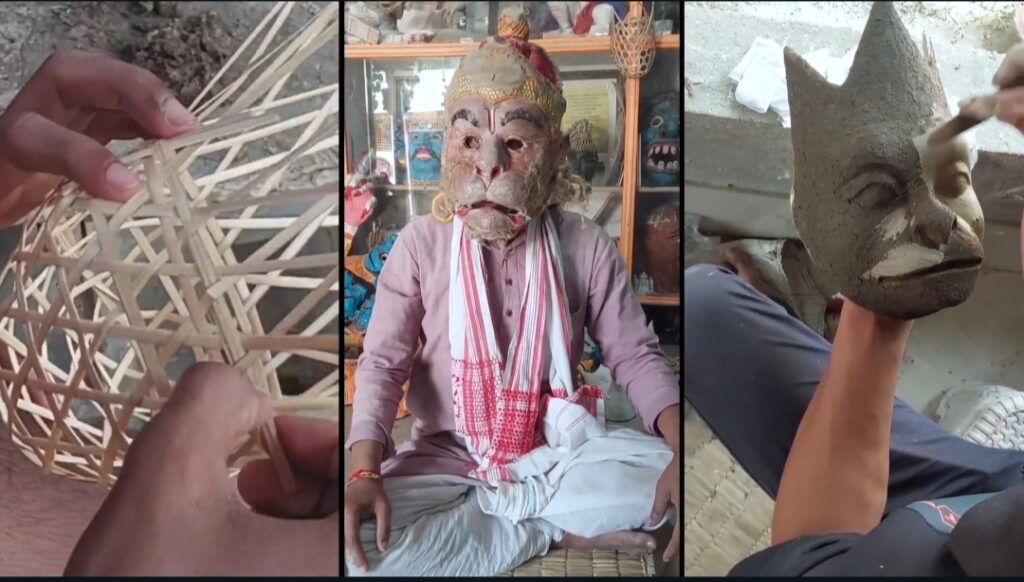My first article of this two-part series underlined two fundamental aspects of overlapping hazards in North Bihar. First, the probability of an interrelationship between the incidence of COVID-19 cases in the 16 flood-affected districts during the floods of 2020.
Second, indicating the future possibility of correlation between COVID-19 and the flood-prone districts, by juxtaposing the recorded COVID-19 cases (active and positive) as on 27 May 2021 and the historical flood data spanning the last two decades of the 22 districts.
This resulted in identifying 14 flood-prone districts with more than 15,000 COVID-19 cases in each district as of May 2021. In addition, 11 districts were identified as the most flood-prone districts in the region on the basis of historical data.
When both these findings were amalgamated, for the coming flood season, 16 districts in North Bihar that might have possible overlapping hazards were identified. Supaul, Saharsa, Muzaffarpur, Pashchim Champaran, Purnea, Bhagalpur, Katihar, Madhubani and Samastipur recorded more than 15,000 COVID-19 positive cases and have experienced floods for more than 15 years in the past two decades.
Begusarai, Saran, Vaishali, Purbi Champaran and Gopalganj districts recorded more than 15,000 COVID-19 positive cases. Khagaria and Darbhanga districts have experienced floods for more than 15 years in the past two decades. Hence these districts will require considerable attention to monitor and handle the possibility of overlapping hazards.
On 04 May 2021, the Disaster Management Department (DMD) issued detailed guidelines on the district level preparedness for the forthcoming floods. Similarly on 05 May, Government of Bihar issued a Flood Control Order 2021 (FCO) framed by the Water Resources Department (WRD).
Disaster preparedness
In the DMD’s guidelines, a multi-pronged strategy has been detailed, with emphasis on special planning for COVID-19 and social distancing, and in identification and management of sites for flood shelters and relief camps at elevated places.
The guidelines include monitoring of rain gauges, identifying vulnerable groups, ensuring embankment protection and road connectivity, besides ensuring food grains, drinking water, animal feed, medicines, lighting, tent, mosquito nets, etc. at the flood shelters.
Contingency plans include establishing district level emergency control room and task force, arranging for information systems and boats/life jackets. Plans also include training of divers and community in addition to conducting mock drills and contingency crop protection.
Mindful of the COVID-19 protocols, a relatively large number of flood shelters will be required, with necessary masks, sanitizers, etc. There should be provision for vaccination for newborns, delivery arrangements, psychological counseling, special food for toddlers, sanitary kits, etc.
DMD’s guidelines outline the setting up of mega relief camps, the sites being selected in advance so that it can become functional at the earliest during an emergency. In light of COVID-19, proper arrangements for medical screening and thermal scanner shall be made.

Asymptomatic people will be allowed to stay at the health quarantine centers. The quarantine center will have to be located as far away from the relief camp as possible, and meal times will be staggered, to minimize the risk of spreading of the infection.
The guideline has procedures for temporarily displaced families who take refuge either on embankments, or by the side of the road during the entire flood season. Precautionary measures should be adopted in such places, and sites should be identified for community kitchens.
Flood control measures
On the other hand, government’s FCO 2021 framed by WRD, focuses more on flood control works that have to be accomplished before the onset of the monsoon. The works identified include inspecting vulnerable locations on the embankments and strengthening them before 15 June 2021 so as to prevent breaching.
The FCO mandates a flood control cell to be continuously operational till 31 October 2021. During the flood season, surveillance for protection of embankments and vulnerable locations is necessary. It is necessary to keep updating the list of vulnerable sites based on historical flood data and surveillance and to share them with authorities concerned.
According to the FCO, deputing armed police teams for intensive patrolling along embankments to prevent damage by miscreants, and removal of all encroachments in a timely manner are necessary, so that the restoration work can be carried out before 15 June 2021.
To garner public support, the FCO has recommended that district officials should organize emergency meeting with village chiefs and review the services of village volunteers and chowkidars, so that patrolling of embankments and collecting information can be streamlined.
Furthermore, the FCO has outlined the mechanisms for effective communication systems for information generation and dissemination during floods. The district magistrate of the affected district should issue flood warnings and arrange for assistance to those affected and evacuate them to safe places.
Strategies for overlapping hazards
The detailed guidelines of the DMD as well as WRD, have mentioned 15 June, 2021 as the cut-off date for all pre-flood preparedness in the flood-prone districts of the state. DMD’s guidelines articulate measures to address the overlapping hazards.
However, the FCO has not addressed this issue and surprisingly, there are no directives till date (at least in the public domain) by the health department on the forthcoming overlapping hazards. In view of the present status, additional and nuanced strategies are being suggested to deal with overlapping hazards during the forthcoming flood season.
Megh Pyne Abhiyan, while working on water issues in North Bihar since 2005, has identified the following diverse habited floodscapes across the region, also referred to as typologies of floods.
| Typologies of floods | Who are exposed | Character of the hazard |
| Waterlogged region | Adjacent to embankments (countryside) | Hazards predictable, sufficient time to seek refuge |
| Riverine flood | Between embankments of same river (riverside) | Hazards predictable, insufficient time to seek refuge |
| Riverine flood + riverbank erosion | Adjacent to the embankments (riverside) | Hazards unpredictable, with limited possibilities of safeguards |
| Riverine flood+ riverbank erosion | Adjacent to river (No embankment) | Floods predictable, erosion frequent, with limited possibilities of safeguards |
| Riverine flood | Countryside (After the breach of the embankment) | Floods unpredictable, with extremely limited time for safeguards |
| Flash flood | Between embankments of same river (riverside) | Foreseeable, with short time frame for safeguards |
| Flash floods | Adjacent to river (No embankment) | Foreseeable, with short time frame for safeguards |
| Floods+/ Waterlogging +/ Inundation | Between embankments of two river systems | Foreseeable, moderate time frame for safeguards |
Floods bring along a typology of hazards. Flood typologies are associated with the geographical location of habitation and have differential effects (as mentioned in the table). While the pandemic might not discriminate across locations, the effect across the typologies would be different.
Hence, any action aimed towards flood preparedness and reducing COVID-19 vulnerability, should first acknowledge the existence of the typologies. Thereafter, the preparedness strategies should be tailor-made to these differences.
The characteristics of floods in a region is normally defined by the collective assessment of impacts of three broad phases – prior to, during and after the floods. The same needs to be juxtaposed with the existing COVID-19 spread to charter short-term as well as long-term integrated strategies to minimize the impact of both.
In the coming months, residents of flood-prone North Bihar might encounter overlapping hazards. The dynamic nature of both COVID-19 and floods might result in further uncertainties. Therefore, the immediate concern should be in developing mechanisms to lessen the dual vulnerabilities. This should be done by focusing on the first two phases – prior to and during floods.
The district administration should involve the Panchayati Raj Institutions and elected ward representatives for ward level preparedness and execution of response plan. The plan should include engaging with the households for facilitating preparedness and participation.
Ward level plans should be prepared on an urgent basis, with remote flood-prone panchayats being given priority across flood typologies in each flood-prone district. Ward level quick evacuation strategies in sync with COVID-19 protocols should be made obligatory.
Adequate number of boats should be earmarked to move the flood-affected community (especially from remote locations) to an identified safe location, while ensuring COVID-19 protection norms. Adequate number of temporary and permanent flood shelters at the ward and panchayat levels at elevated locations should be demarcated.
More number of temporary elevated earthen platforms should be prepared as flood shelters in historically safe spaces. These can be done using the Mahatma Gandhi National Rural Employment Guarantee Scheme (MGNREGS), with facilities proportionate to the population at the ward level.
These flood shelters should be planned with basic facilities such as safe and clean drinking water, and hygienic sanitation facilities as the top most priority. Promoting alternative practices and temporary rainwater harvesting techniques for safe drinking water, and disaster resilient sanitation technologies such as phaydemand shauchalay (ecological sanitation) will address issues locally.
Easy and safe access to essential services for the temporarily displaced households should be planned in such a manner that there is no crowding in the points of congregation such as water collection points and sanitation facilities.
Provision for safe and nutritious food to the displaced flood-affected community in the temporary and permanent flood shelters must be outlined well in advance. There should be plans to address vulnerabilities of specific stressed groups such as women, senior citizens and adolescent girls.
Decentralized surveillance committees must be formed at ward levels to ensure that the containment norms are adhered to. Continuous screening for COVID-19 should be carried out in all the flood-prone districts from 15 June till 31 October. This will establish the correlation if any, for future reference. This planning and execution should be documented at the block level.
A revisit to the district disaster plan with strategies like periodic safety audits, vulnerability mapping, decentralized and inclusive information and communication mechanisms – in view of the challenges brought in by the pandemic, floods or for that matter any predictable and unpredictable disasters should be made customary practice.
In future, overlapping hazards might become a constant reality, triggering many unprecedented situations. The above recommendations might help in developing strategies to deal with the probable looming crisis. However, a lot more needs to be done to address the unknown disasters that might unfold due to the changing climate impacting ecology and landscape, especially in a disaster-prone state like Bihar.
Eklavya Prasad leads Megh Pyne Abhiyan, meaning Cloud Water Campaign, a public charitable trust functioning in Bihar and Jharkhand. Views are personal.


